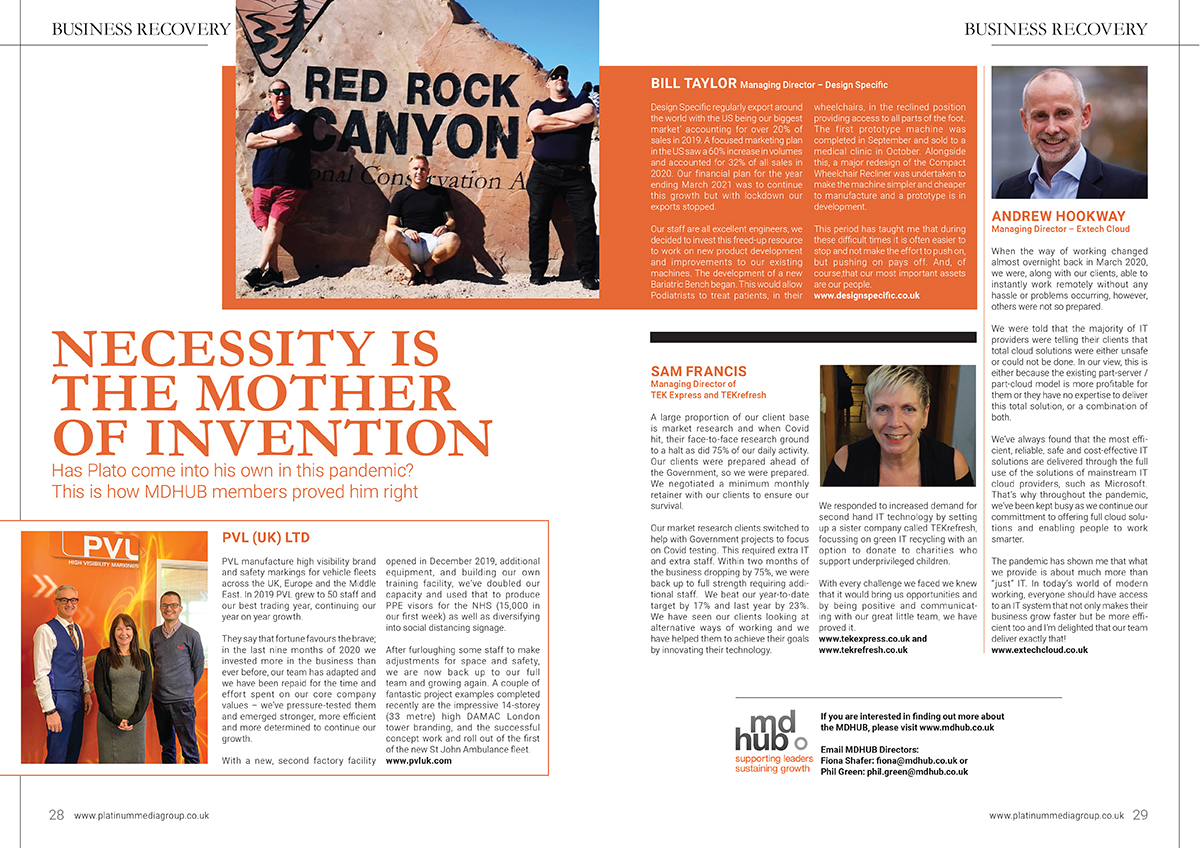
Leaders now manage dispersed teams across multiple locations. A hybrid working model (part remote, part office) may become the norm. In this scenario, home rather than work becomes central, with employees juggling multiple demands. Leader control is diluted as employees can’t be closely monitored in a physical space. Employees have more influence as remote representatives of the Company, their commitment contributing greatly to its survival. Therefore, distanced employee discretion and effort needs alignment with company strategies.
The spotlight on fairness, inclusivity and diversity requires remote leaders to have emotional intelligence, self-awareness and ethics. Remote and hybrid leaders become empowering agents whilst facilitating employee bonds with colleagues, customers, suppliers and the company.
They need to help Gig workers with induction, encourage older generations to harness technology whilst ensuring freedom of expression and community focus for Generations X and Y. Going forward, self-directed and even self-forming teams across functionalities will increase the need for influencing skills rather than authority. Remote leadership is therefore more multi-faceted than Office leadership. The Crest Hybrid Leadership model depicts key roles for Remote/Hybrid leaders.
Remote Leaders are HR Implementers in that daily management practices should incorporate some knowledge of HR priorities. This is relevant even if specialist HR teams assist. Appropriate flexibility clauses (especially if employees move between office and home) should exist and flexibility requests should be appropriately considered. Correct equipment, insurance and a working knowledge of company policies and procedures is vital. Processes for safeguarding privacy especially for contractual and employment law purposes need attention.
Actions
• Do you have a Remote Working policy and a Diversity and Inclusion Policy?
• Are risk assessments in place to identify and mitigate risks?
• How do you ensure a fair Disciplinary, Grievance and Appeals process?
The Culture Cultivator embeds company culture into everyday remote routines and practices, in order to define company identity, differentiate from competition and attract the best talent. A leader that strongly links individual and company purpose, will connect and unify efforts.
Actions
• Conduct a team values exercise and link to company values.
• Team recognition of those that demonstrate agreed values and behaviour.
• Define formal and informal remote routines that make the company unique, mixing fun and formality.
The Commitment Engager recognises that employees need to be encouraged to feel emotionally committed to the company. This results in engaged employees and avoids labour turnover, legal fees, absenteeism and customer dissatisfaction. A vital contributor
of employee engagement is leader visibility and fairness, leading to a feeling of psychological safety in teams. Providing opportunities for collaboration with colleagues and mentors can also enhance commitment. Lengthy meetings without agenda and engagement are a key destabiliser for remote teams.
Actions
• Examine current scorecards i.e. Productivity, Attendance, Vacancies to measure commitment.
• Encourage two-way feedback in one -to-ones and meetings.
• Provide clear work standards and a reasonable tolerance of mistakes.
Remote leaders need to be Productivity Enhancers to encourage working smarter not harder. Home-based employees should have freedom and discretion to how and when they work to achieve required results. Sketching the output required and providing employees with creative problem solving tools should be a daily leadership priority. Regular supportive checking in to help teams reach milestones and encouragement of an asynchronous workflow is critical. Productivity requires recognition of team strengths, acknowledgement of individual differences in ways of working and encouraging fair contributions from all.
Actions
• Agree required outputs and provide tools and training
• Match technology platforms to team requirements.
• Display a Dashboard denoting team/ individual contribution.
Remote leaders are Creative Communicators. To deal with differing employee preferences, a mix of telephone, text, online, and face to face interactions should be used. A mix of visual, kinaesthetic and auditory methods will cater for differing learning styles.
Actions
• How often will you talk to each of your team members?
• Show empathy and curiosity by understanding others’ viewpoints.
• Use a friendly tone of voice and facial expression to compensate for partial body language.
Remote leaders need to be compassionate in their dealings with employees. Ask “How are you really?”; using open questions to tactfully probe should something appear amiss. This means that you need to know your team members very well and vice versa. This may require sharing some of your struggles with them to move towards being a role model of humility and that of an ‘enabler’ rather than someone who knows it all. Being a Wellbeing protector for both yourself and your team is essential to prevent burnout.
Actions
• Incorporate a Coaching Model e.g. GROW to deepen relationships
• Get to know your people by opening up yourself
• Provide access to trained and confidential Mental Health Resources
To master the art of effective Remote Leadership, you don’t need to paint the perfect picture, but rather be the canvas for teams to create a better version of themselves.
For Remote Coaching and Leadership programmes write to
info@crestcoachingandhr.com or telephone 07702 298363.
www.crestcoachingandhr.com




